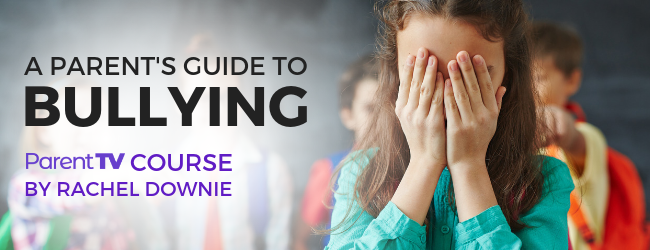Mean vs. Bullying: Understanding the Distinction
Categories: Social Wellbeing / Friendship
There is a lot of talk about bullying these days, which can only be a good
And all with good reason. Bullying behaviour, both in person and these days also online, can be attributed to both depression and suicide, particularly in young people. It is suggested students who are bullied are 9 times more likely to attempt or at least contemplate committing suicide.
The Australian Covert Bullying Prevalence Study reported that 1 in 4 students (aged between 8 and 14 years) reported being bullied every few weeks or more, with the highest prevalence rates being reported by children in Year 5 (age 10-11 years).
This means our children are at very high risk of experiencing bullying at school and we need to be vigilant as parents to help them manage it effectively.
However, to do this we need to be clear on what bullying is. Kids can be mean. Let’s face it all, humans can. That’s not to excuse nasty behaviour but being mean or rude is different to bullying.
So what is bullying?
The national definition of bullying for Australian schools says:
Bullying is an ongoing misuse of power in relationships through repeated verbal, physical and/or social behaviour that causes physical and/or psychological harm. It can involve an individual or a group misusing their power over one or more persons. Bullying can happen in person or online, and it can be obvious (overt) or hidden (covert).
Bullying of any form or for any reason can have long-term effects on those involved, including bystanders.
Bullying is further explained as having three main characteristics:
- It involves a misuse of power in a relationship
- It is ongoing and repeated, and
- It involves behaviours that can cause harm.
Now we know what bullying is, it’s also important to what isn’t classified as bullying:
- single episodes of social rejection or dislike
- single episode acts of nastiness or spite
- random acts of aggression or intimidation
- mutual arguments, disagreements or fights.
In other words, bullying is not simply being mean, rude or fights between friends. While these behaviours are undesirable, they are generally a part of normal social interaction and should be dealt with differently to bullying.
To help our children report and deal with bullying they need to understand what it is too. There is a great list of resources for children around bullying, including age appropriate definitions, at bullyingnoway.gov.au There is also a helpful FAQ sheet: What can students do if bullying happens?
This article also shares an interesting approach to bullying used in Finland that’s worth checking out.
Having a child who is a victim of bullying is a scary prospect for any parent to deal with. Being informed and having open communication with your child about what is happening for them is a great way to be prepared to tackle the issue
A must watch course for every parent who has a school-aged child is ParentTV’s “A Parent’s Guide To Bullying” by Rachel Downie. Learn exactly what is and what isn’t classed as bullying, what to do if your child is being bullied, how to teach your child to deal with bullies and what to do if your child is the one bullying others.
Rachel is the founder of Stymie, an anonymous bullying reporting platform used nationally in schools, and works with students and parents on educating and empowering children to stand up against bullying.

